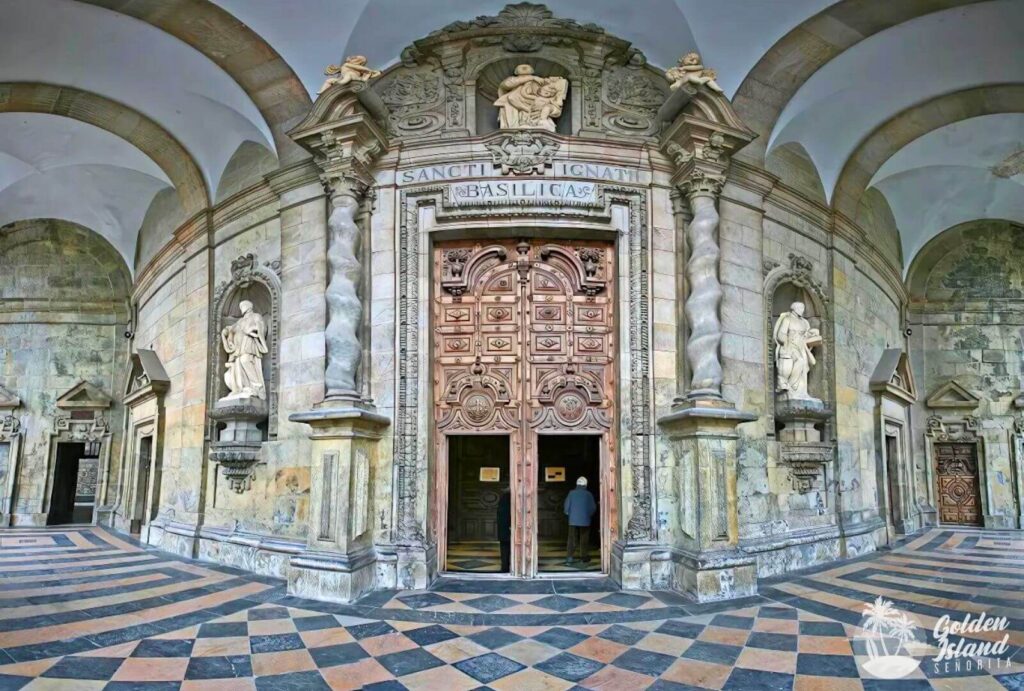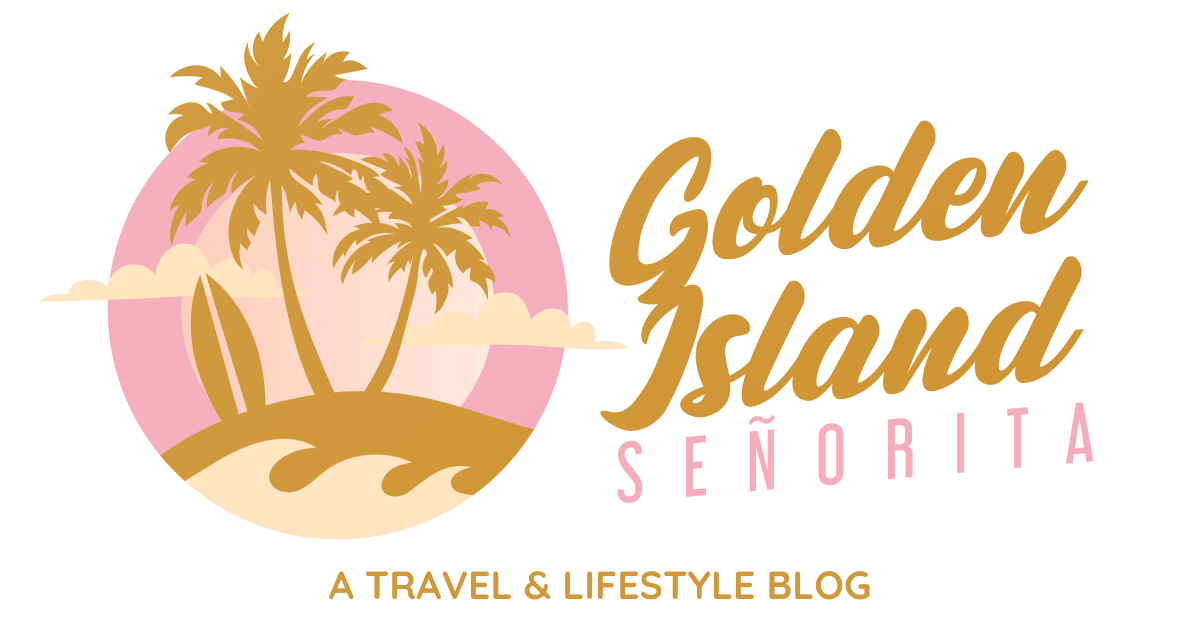Tucked away in the beautiful Basque Country of Spain, Loyola (or Loiola, as it’s called in Basque) is a destination full of history and deep religious significance. It’s most famous as the birthplace of St. Ignatius of Loyola, the founder of the Society of Jesus, commonly known as the Jesuits. Whether you’re drawn to Loyola for its rich history, spiritual atmosphere, or to experience the unique Basque culture, it promises to be a destination you won’t forget. In this guide, we’ll cover everything you need to plan your trip to Loyola, Spain—from must-see sights and local dishes to insider tips and travel advice.
Getting Acquainted With Loyola, Spain
Brief History
Loyola’s fame stems from being the birthplace of St. Ignatius of Loyola, born in 1491. A significant figure in Christianity, St. Ignatius founded the Jesuit order in 1534, which played a key role in the Counter-Reformation. The town’s crown jewel is the Sanctuary of Loyola, a monumental complex built around St. Ignatius’s birthplace, which is now a pilgrimage site for devotees worldwide. Loyola’s rich history isn’t limited to religious heritage; it also offers insight into Basque traditions, culture, and the region’s deep connection to spirituality and nature.
Where Is Loyola, Spain?
Loyola is located in the Basque Country in northern Spain, about 45 kilometers from the coastal city of San Sebastián. The town sits in the province of Gipuzkoa, near the scenic Urola River, making it a peaceful retreat from bustling cities. The area is surrounded by lush greenery and rolling hills, adding to its serene, spiritual atmosphere.
Best Time to Visit Loyola, Spain
The best time to visit Loyola is during the late spring (April to June) and early autumn (September to October). During these months, the weather is mild, and the crowds are manageable. Summer (July to August) can be pleasant but busier, especially around pilgrimage events, while winter (November to February) tends to be cooler and quieter, ideal for those who prefer solitude and reflection.
Key Events:
- Feast Day of St. Ignatius (July 31): Pilgrims flock to Loyola to celebrate the Feast Day, a vibrant religious and cultural event.
- Semana Santa (Holy Week): Easter festivities in the Basque region bring processions and traditional celebrations to the area.
Do You Need a Visa to Travel to Spain?
Spain is part of the Schengen Zone, so depending on your nationality, you may need a Schengen visa. Travelers from the EU, US, Canada, Australia, and many other countries can stay in Spain visa-free for up to 90 days. However, if you’re not from a visa-exempt country, make sure to apply for a Schengen visa in advance.
Requirements for a Schengen Visa:
- Completed application form
- Passport valid for at least three months after departure
- Recent passport-sized photo
- Travel itinerary
- Proof of accommodation
- Travel insurance (required for visa)
Get Travel Insurance with SafetyWing – Nomad Insurance
When traveling to Loyola or any part of Spain, having travel insurance is essential. SafetyWing’s Nomad Insurance is a popular option for travelers looking for flexible and affordable coverage. It covers medical emergencies, trip interruptions, and more, providing peace of mind throughout your journey. While Spain is generally safe, accidents, illnesses, or trip disruptions can happen, and it’s always best to be prepared.
Places to Explore in Loyola, Spain
1. Sanctuary of Loyola (Santuario de Loyola)
The main attraction in Loyola is the Sanctuary, a massive basilica built around the family home of St. Ignatius. The basilica is a stunning example of Baroque architecture, with its domed roof and richly decorated interior. Visitors can tour the house where St. Ignatius grew up, as well as the museum dedicated to his life and works.


2. Basque Coast Geopark
Located a short drive from Loyola, the Basque Coast Geopark is perfect for nature lovers. It offers dramatic cliffs, prehistoric fossils, and picturesque coastal views. Hiking trails and guided tours allow visitors to explore this natural wonder.
3. Azpeitia and Azkoitia
These two neighboring towns are worth visiting for their charming old streets, local markets, and cultural heritage. Azpeitia is home to the Basque Railway Museum, where you can learn about the region’s industrial history, while Azkoitia offers traditional Basque architecture and cozy cafes.
Food to Try in Loyola, Spain
Loyola offers a delectable array of Basque cuisine, known for its fresh ingredients, hearty flavors, and coastal influences. Some dishes you must try include:
- Pintxos: These small snacks, often skewered on a stick, are a Basque specialty. Try varieties like grilled prawns, Iberian ham, or local cheeses.
- Bacalao a la Vizcaína: A dish of salt cod served in a rich tomato and red pepper sauce.
- Txuleta: A thick Basque-style steak, often served at traditional Asador restaurants.
- Basque Cheesecake: A burnt cheesecake that’s creamy on the inside and slightly caramelized on the outside.
Pair your meal with local Basque cider or a glass of txakoli, a slightly sparkling white wine that’s a regional favorite.
Insider Tips and Recommendations
- Basque Language: While most locals speak Spanish, many also speak Euskara, the Basque language. Learning a few basic phrases in Euskara will be appreciated, especially in smaller towns like Loyola.
- Dress Modestly: When visiting religious sites like the Sanctuary of Loyola, it’s respectful to dress modestly.
- Respect Quiet Hours: Basque towns, including Loyola, often observe afternoon siestas and quiet hours in the evening. Be mindful of this, especially when visiting cafes and shops.
Day Trips from Loyola, Spain
1. San Sebastián
Just a 45-minute drive from Loyola, San Sebastián is known for its beautiful beaches, world-renowned cuisine, and lively cultural scene. Spend a day exploring the Old Town, taking in views from Monte Igueldo, or indulging in Michelin-starred restaurants.
2. Bilbao
Famous for the Guggenheim Museum, Bilbao is about an hour’s drive from Loyola. The city blends old-world charm with modern architecture and offers a vibrant art and food scene.
3. Pamplona
If you’re visiting in July, consider a day trip to Pamplona for the famous Running of the Bulls during the San Fermín festival.
Practical Information and Tips
Currency and Payments
Spain uses the Euro (€). Most establishments accept credit cards, but it’s a good idea to carry some cash for smaller purchases, especially in rural areas like Loyola.
Language
Spanish is the official language, but Euskara (Basque) is widely spoken in the Basque Country. Most locals understand basic English in tourist areas, but learning a few words of Spanish and Euskara will enhance your experience.
Transportation
The best way to get to Loyola is by car, as public transportation options are limited. You can rent a car from San Sebastián or Bilbao. Alternatively, buses and trains connect Loyola with nearby cities like Azpeitia and San Sebastián, but schedules may not be frequent.
Accommodation
Loyola offers a range of accommodation options, from pilgrimage hostels to boutique hotels. If you’re seeking a spiritual retreat, some accommodations offer serene settings perfect for reflection.
Dining
Many restaurants in Loyola follow the traditional Basque schedule, with lunch served from 1:30 p.m. to 3:30 p.m. and dinner from 8:00 p.m. to 10:30 p.m. It’s common to find prix-fixe menus that offer excellent value.
Health and Safety
Loyola is a safe destination, with low crime rates. However, it’s always wise to be cautious of your belongings, especially in crowded tourist areas. The local health care system is of high quality, and pharmacies are readily available.
Where to Stay in Loyola, Spain
1. Hotel Arrupe
Located near the Sanctuary of Loyola, Hotel Arrupe is a peaceful hotel offering comfortable rooms and scenic views. It’s ideal for pilgrims and travelers seeking tranquility.
2. Hospedería de Loyola
A budget-friendly option for those looking to stay close to the Sanctuary, this guesthouse offers simple yet comfortable accommodations.
3. Parador de Hondarribia
For a luxurious stay, consider this historic hotel in the nearby town of Hondarribia. Set in a 10th-century castle, it offers stunning views and an authentic Basque experience.
More Activities in Loyola, Spain
- Hiking: The surrounding Basque countryside offers excellent hiking trails. Explore routes that lead to scenic vistas and peaceful natural settings.
- Pilgrimage Walks: Loyola is part of the Ignatian Way, a pilgrimage route that follows the footsteps of St. Ignatius. Even if you’re not completing the entire walk, consider a short section to experience its spiritual significance.
- Wine Tasting: The Basque region is famous for its wines, particularly txakoli. Visit a local winery to sample this crisp white wine, often enjoyed with pintxos.
Final Thoughts
Loyola, Spain, offers a perfect blend of history, spirituality, and natural beauty, making it an ideal destination for a wide range of travelers. Whether you’re visiting to connect with the rich religious heritage of St. Ignatius, explore the stunning Basque landscapes, or simply indulge in the local cuisine, Loyola provides a peaceful and enriching experience. With its warm, welcoming atmosphere and proximity to other Basque treasures like San Sebastián and Bilbao, Loyola is more than just a stop on a pilgrimage—it’s a place to slow down, reflect, and enjoy the best of what northern Spain has to offer. Safe travels, and enjoy every moment of your journey to this remarkable corner of the Basque Country!

